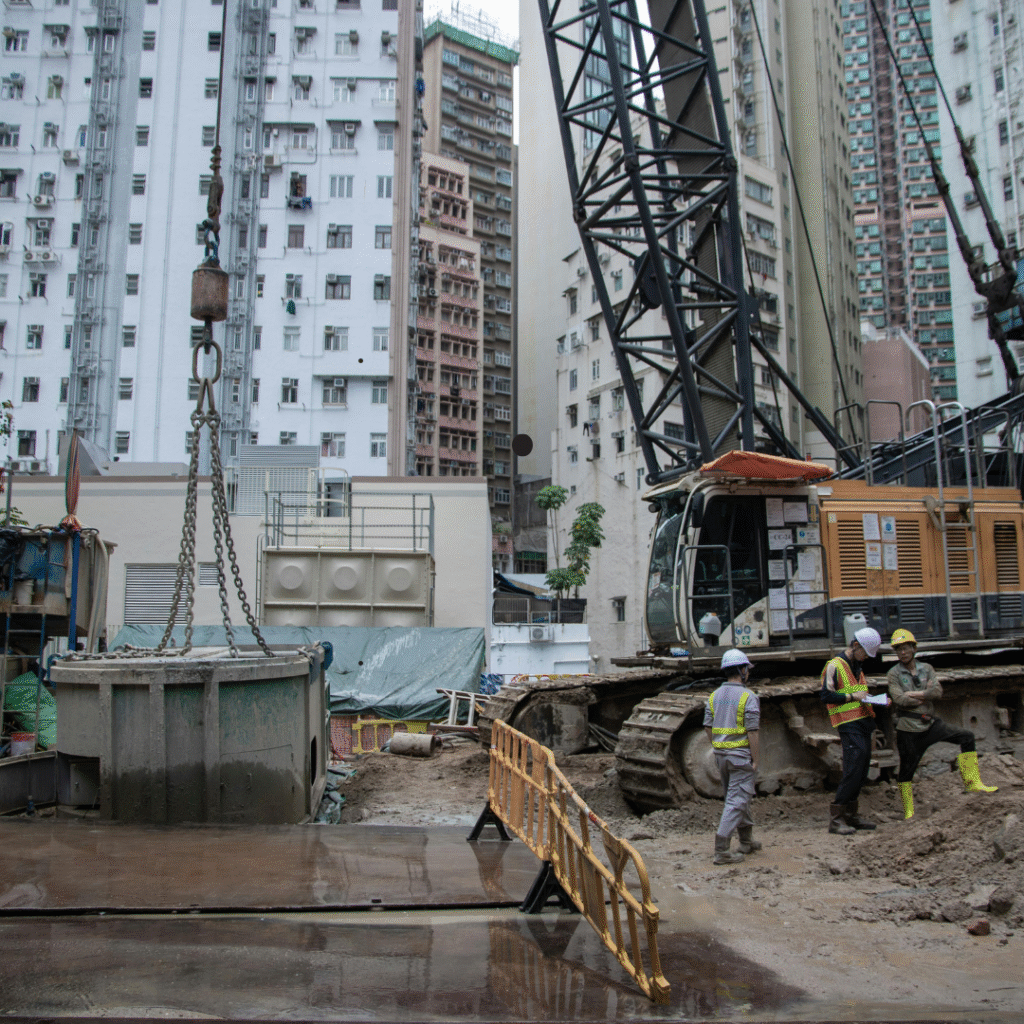
Get In Touch
The Future of Retail Spaces – Blending Physical and Digital Experiences
The way we shop is changing rapidly. Retail is no longer about just walking into a store, browsing shelves, and making a purchase. With technology reshaping consumer behavior, the retail industry is moving toward a model that blends physical and digital experiences seamlessly. For developers and construction companies like Shyam Constructions, this shift offers exciting opportunities to reimagine how retail spaces are designed and built.
1. The Rise of the “Phygital” Experience
Retailers are increasingly adopting a “phygital” model – merging physical spaces with digital technology. Customers expect convenience, speed, and personalization. For example:
Smart mirrors in clothing stores that allow virtual try-ons.
Interactive kiosks that provide product details or recommendations.
QR codes leading directly to online reviews or product videos.
By integrating technology into retail design, spaces become more engaging and future-ready.
2. Flexible Store Layouts
Modern retail is moving away from rigid, one-size-fits-all layouts. Instead, stores are being designed with flexibility in mind:
Modular displays that can be rearranged quickly for promotions or events.
Multi-use zones that serve as pop-up areas, community hubs, or product demo spaces.
Adaptive lighting and design elements that change based on the shopping season or customer needs.
Shyam Constructions can play a crucial role in creating these dynamic, flexible layouts that give retailers the ability to evolve with trends.
3. Sustainability and Green Retail
Today’s shoppers are more eco-conscious than ever. Retailers are focusing on:
Energy-efficient lighting, HVAC, and insulation systems.
Sustainable construction materials like recycled wood, glass, and metal.
Biophilic design elements such as indoor plants and natural light.
By adopting these green building practices, retail spaces not only save costs but also attract environmentally conscious customers.
4. Omnichannel Integration
Customers now move effortlessly between online and offline shopping. A customer might:
Browse products online.
Visit a physical store to see and feel the product.
Complete the purchase through an app for home delivery.
To support this, retail spaces need to be designed with integrated technology infrastructure, such as high-speed connectivity, digital inventory systems, and dedicated pick-up/drop-off points for online orders.
5. Experience-Driven Spaces
More than shopping, customers now look for memorable experiences. Malls and stores are evolving into destinations where people spend time, not just money.
Cafés, entertainment zones, and co-working spaces are being integrated into malls.
Stores are hosting live demonstrations, workshops, and interactive brand experiences.
For construction companies, this means designing multi-functional, experience-rich spaces that go beyond traditional retail.
Conclusion
The future of retail is hybrid, sustainable, and experience-driven. For businesses, this means adapting quickly to changing consumer expectations. For construction leaders like Shyam Constructions, it means pioneering spaces that seamlessly blend physical and digital worlds. By doing so, retail spaces of the future will not just be places to shop – they’ll be destinations for connection, innovation, and community.

